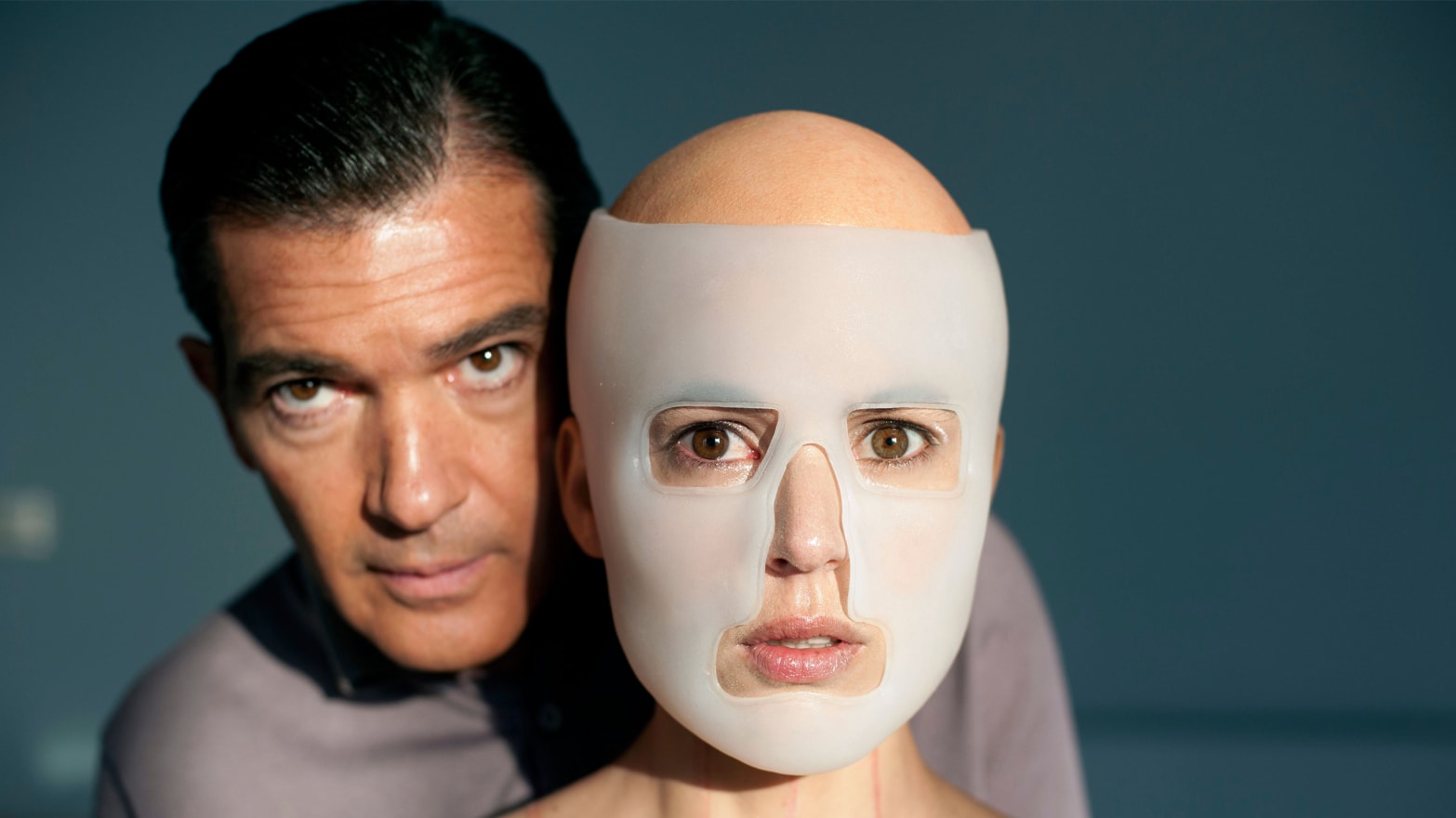A major development in the biology of skin stands to change the way we handle everything from the treatment of burn victims to the cosmetics industry: working, lab-grown skin that performs all the functions of the epidermis.
A paper published this month shows that researchers in Japan have successfully grown fully-functioning mouse skin in a laboratory, from a set of reprogrammed cells.
Researchers were able to grow the independent sections of mouse skin tissue thanks to an advance from nearly a decade ago, when the scientific community learned how to take young cells and reprogram them to grow into a different kind of cell. In this case, cells from the gums of mice were redirected to become skin cells.
Skin grafts are a big deal in the world of life-saving technology, as functioning skin is slow to create from grafts, leaving the body vulnerable. Healthy skin produces vitamins, protects the body from infection, and regulates body temperatures. But current graft techniques don’t create a solution that can do that immediately.
In fact, the “skin” grown in labs for grafting isn’t nearly as complex or functional as what you’ve already got on your body. In many cases it’s less like a full organ and more like a top layer, able to literally cover an exposed area, and not much else until the rest of the body regenerates underneath.
But this new process is different: The skin is already fully functional on its own, producing everything from hair and oil to sweat, just like normal skin does. That means it’s ready to go much faster than the skin that would essentially have to do that growing after grafting—rapidly speeding up the healing process.
But lab-grown skin doesn’t just pose major breakthroughs for burn treatments. Lab-grown, fully functional skin could have another value to the world, as a contributor at Allure pointed out: getting rid of animal testing. That’s right—all those animals used for topical testing of medications and cosmetics stand to escape the cages, because fully functioning samples of human cells would be astronomically more effective for testing of those products than furrier animal friends.
Of course both grafting and testing advances are still a few steps down the road. While mice responded well to these skin samples, the technology needs to be adapted for human use. The Washington Post reported that scientists estimate they’re 5 to 10 years from actually being able to successfully replicate the process with human skin.
For the moment they still have many questions to answer about the mouse-based results, and the process needs to be replicated successfully by other researchers before anyone can start asking how to replicate it with human cells.
But once it happens, the applications are endless, from better cosmetic surgery results from healthy new tissues, to lifesaving and immediate procedures aiding burn victims that today would likely not stand a chance of survival.
Suddenly a bodiless, pulsating patch of hairy, oily, sweaty mouse skin in a petri dish doesn’t seem so gross.

